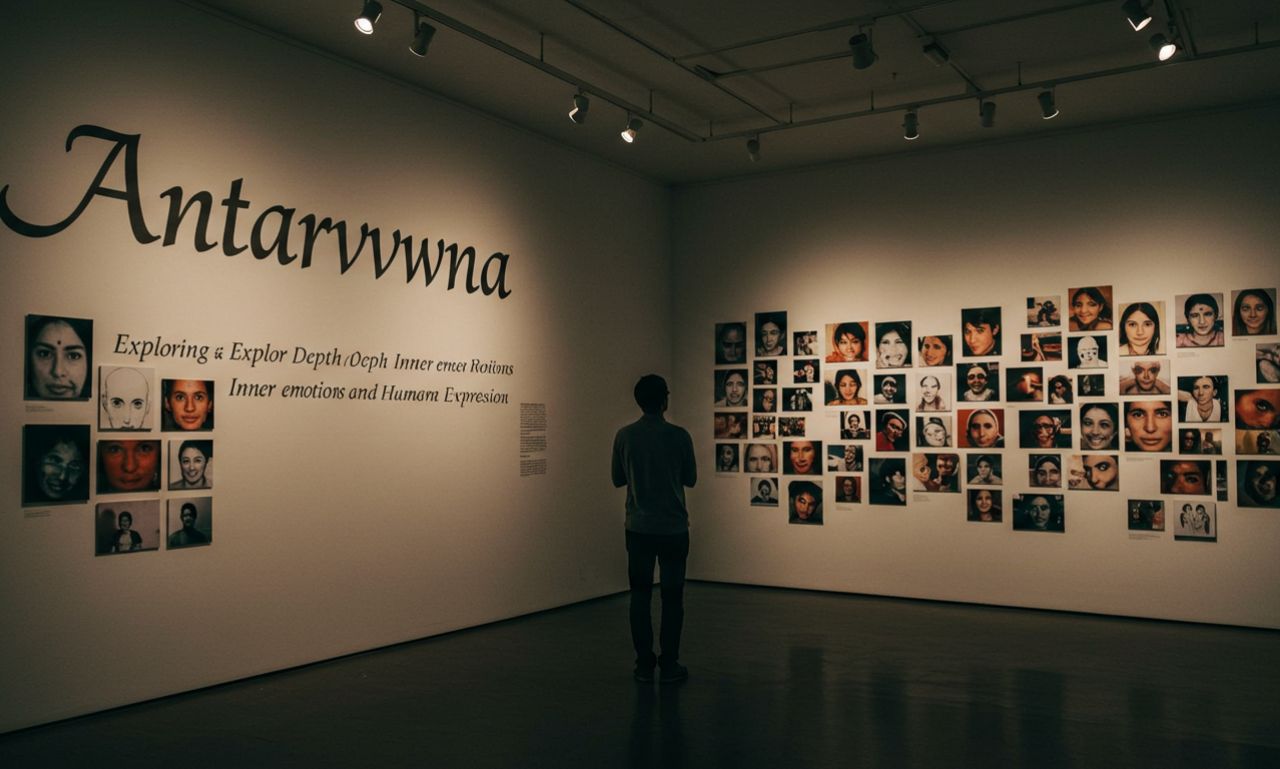The word Antarvwsna comes from a South Asian linguistic background, where “antar” means inner and “vwsna” (or vasna/veshna) relates to desire, feeling, or expression. When combined, Antarvwsna refers to inner emotions, hidden desires, and unspoken thoughts that reside within the human heart and mind.
In essence, it represents the soul’s dialogue with itself—the subtle and often complex emotions that cannot always be expressed outwardly but deeply shape human behavior and creativity.
Meaning and Essence of Antarvwsna
At its core, Antarv wsna symbolizes the interplay of:
-
Inner Desires – Personal ambitions and silent yearnings.
-
Emotional Depth – Feelings that are difficult to verbalize.
-
Self-Reflection – The inner process of analyzing thoughts and emotions.
-
Creative Expression – The artistic representation of emotions through poetry, literature, or art.
This makes Antarvwsna not just a word, but a concept that resonates across philosophy, psychology, literature, and spiritual traditions.
Antarvwsna in Literature and Poetry
Writers and poets often draw upon Antarvwsna as an inspiration to craft stories, verses, and expressions that resonate with human emotions. It is frequently associated with:
-
Romantic Longing – The unspoken love or silent admiration for someone.
-
Philosophical Depth – Exploring questions of existence and purpose.
-
Spiritual Reflection – A desire for inner peace, truth, or connection with the divine.
-
Cultural Expression – Folk songs, ghazals, and classical poetry often use words rooted in Antarv wsna.
Many South Asian literary works describe Antarv wsna as the silent voice of the heart, a voice that shapes emotions into words and art.
Antarvwsna in Human Psychology
From a psychological perspective, Antarv wsna represents the subconscious layers of human emotion. These feelings often:
-
Influence decision-making without being fully recognized.
-
Shape personality and creative abilities.
-
Lead to inner conflicts when not expressed.
-
Drive individuals toward art, music, or literature as outlets.
Understanding one’s Antarv wsna can help in developing emotional intelligence and building stronger connections with others.
Cultural and Spiritual Dimensions
In many cultures, Antarv wsna is viewed as a sacred aspect of the self, symbolizing the bridge between the human mind and the soul. It connects personal desires with spiritual aspirations.
-
In Spiritual Traditions – Antarv wsna is the inner calling that drives meditation, devotion, or prayer.
-
In Cultural Practices – It is expressed through dance, songs, and rituals that channel human emotions.
-
In Daily Life – It appears as silent reflection, daydreaming, or heartfelt expression.
Antarvwsna in the Modern World
Even in the digital age, the concept of Antarvwsna remains relevant. Today, it finds expression through:
-
Creative Arts – Music, painting, films, and literature that showcase human emotions.
-
Personal Growth – Journaling, mindfulness, and meditation help individuals explore their Antarv wsna.
-
Social Media Culture – Platforms like Instagram and YouTube allow people to express inner feelings visually and verbally.
Thus, Antarv wsna adapts to modern lifestyles, helping people connect with both themselves and others.
Why Antarvwsna Matters Today
Antarvwsna is important because it:
-
Encourages Self-Awareness – Understanding one’s inner feelings.
-
Strengthens Creativity – Turning emotions into art or innovation.
-
Promotes Emotional Healing – Recognizing hidden emotions helps release stress.
-
Deepens Relationships – Sharing inner feelings strengthens bonds.
In a world often dominated by external noise, Antarvwsna reminds us to listen to our inner voice.
Conclusion
Antarvwsna is not just a word—it is a philosophy of inner life. It represents the silent emotions, hidden desires, and unspoken truths that shape human behavior, creativity, and spirituality.
From ancient poetry to modern mindfulness, Antarvwsna continues to inspire people to look within themselves and embrace the depth of human expression. In a time where outward expression dominates, it remains a gentle reminder that true strength and creativity often lie in the unseen world of inner emotions.

